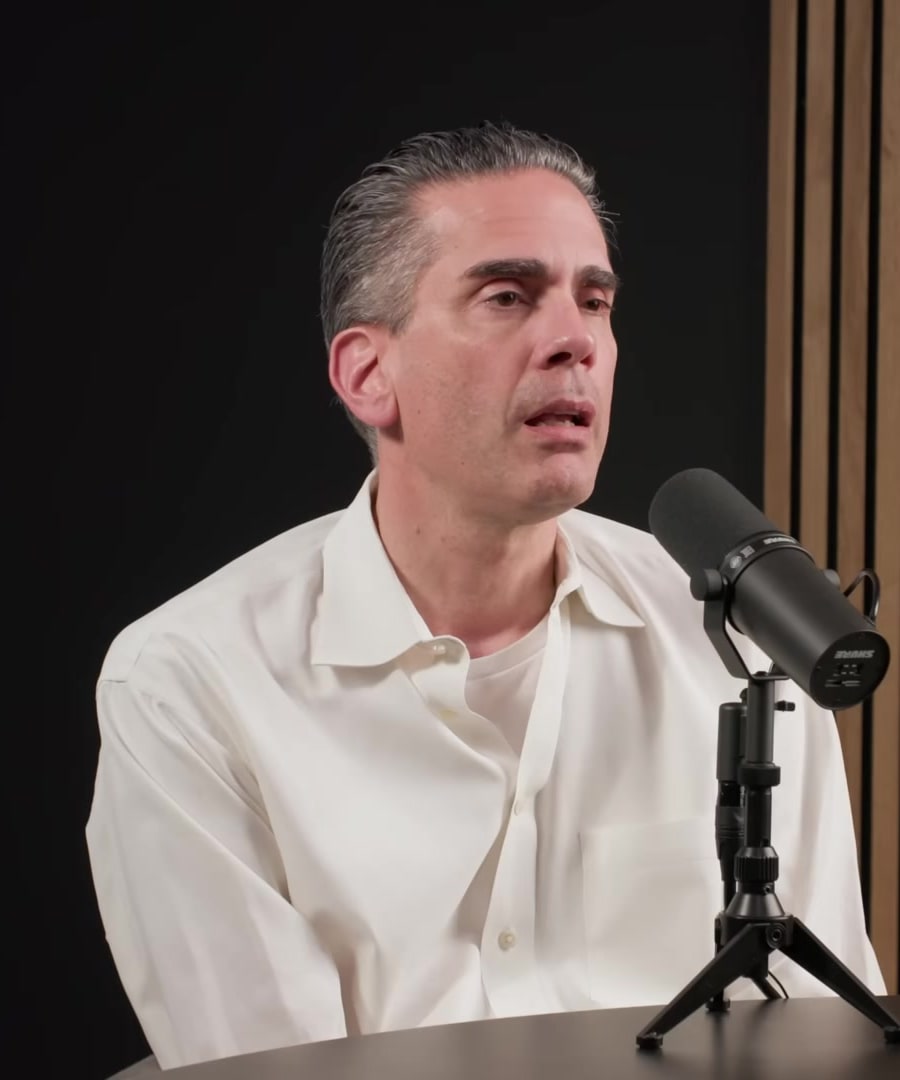what is the self concept exercise as per Paul conti
Sources:
Dr. Paul Conti discusses the concept of self as a nest wherein our character structure, encompassing both conscious and unconscious aspects, acts like a container and definition for our self. This "nest" is not just a passive container but is involved actively in shaping and enabling our engagement with the world. Within this framework, we can grow and shape our self by actively engaging with and tending to this character structure, similar to how one might tend a garden.
This idea emphasizes the importance of accepting oneself as they currently are while also recognizing the responsibility to nurture and develop the self further. It suggests that through conscious effort, one can cultivate qualities like empowerment, humility, agency, and gratitude, leading to a more fulfilling and stable existence 1.
RELATED QUESTIONSCan you explain in more detail how to perform the self concept exercise that Dr. Paul Conti recommends?
Sources:
Dr. Paul Conti recommends a self-concept exercise focusing on fundamental self-care elements. He emphasizes the importance of attending to basic self-care factors such as adequate sleep, a balanced diet, exposure to natural light, and maintaining interactions with supportive people. Dr. Conti suggests that often, due to trauma or other underlying issues, individuals may neglect these basic needs, unknowingly undermining their own well-being.
The exercise involves a heightened awareness and prioritization of these fundamental needs, encouraging individuals to challenge any automatic negative patterns that might prevent them from caring for themselves. Acknowledging the impact of trauma and other deep-rooted issues plays a pivotal role in this process, requiring individuals to confront and understand how these factors may manifest in daily life and self-care practices 1.
RELATED QUESTIONSwhat is the life narrative exercise
Sources:
The life narrative exercise, as recommended by Dr. Paul Conti and discussed by , involves creating a structured narrative of significant life events to better understand oneself. This exercise is not about crafting a smooth, coherent story of your life but rather about forming a segmented collection of memorable and significant events. These can be positive, negative, or neutral, and importantly, these are events that were particularly salient or meaningful at their respective times.
Here is how you can perform the life narrative exercise:
-
Event Selection: Choose events from your life that you continually remember. These can be because they are significant, or because you fear forgetting them. Include both positive and negative events.
-
Documentation: Record these events in a Word document. You can categorize these events into different folders based on different ages or stages in your life. This helps in organizing your thoughts and reflections.
-
Reflection: Reflect on each event. You may add reflections about these events in the document. This is crucial as it helps in developing a historical sense of self and identifying any patterns or recurring themes.
-
Time Increments: Organize these memories into manageable time increments. suggests avoiding too fine or too broad categorizations; three to five years per increment can be a practical approach.
-
Ongoing Process: Continue to update your document as you progress through different stages of your life. This makes the narrative a living document that evolves as you do.
The ultimate purpose of this exercise is to build a structured narrative representation of key life events, aiding in self-understanding and personal growth. It enhances awareness of time spent on various life endeavors and assists in checking whether current life patterns are beneficial. Importantly, it is not about setting future goals but understanding past influences and current positioning 1.
RELATED QUESTIONS-


